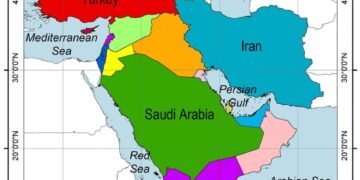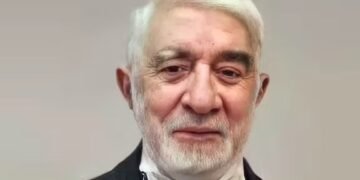The United States deported 104 Indian nationals on Wednesday using a military aircraft, marking a first in U.S. immigration enforcement. The flight landed in Amritsar, a key Sikh holy city in Punjab, where local authorities confirmed the return of the deportees.
This unprecedented use of a military plane aligns with President Donald Trump’s intensified immigration policies. The deportation comes just a week before Trump’s scheduled meeting with Indian Prime Minister Narendra Modi in Washington, where migration is expected to be a major topic of discussion.
Though previous U.S. administrations have deported illegal Indian migrants, this operation stands out due to the use of a military aircraft and the long-distance route involved. Reports indicate the deportees originated from Punjab, Gujarat—Modi’s home state—and Haryana. Upon arrival, they underwent thorough security checks before being released in small groups under police supervision.
The U.S. government has increasingly relied on military resources for immigration control, deploying military aircraft for deportations and even using military bases to house migrants. Reports suggest the Trump administration is planning to deport over 5,000 additional migrants through similar means.
During a recent meeting with Indian Foreign Minister Subrahmanyam Jaishankar, U.S. Secretary of State Marco Rubio emphasized Washington’s commitment to addressing irregular migration in cooperation with India. In response, New Delhi has stated it will accept deported nationals after proper verification.
While the U.S. and India are strengthening strategic and economic ties—particularly to counter China—immigration policies remain a sensitive issue. India, for its part, is keen to collaborate with the U.S. on securing more skilled worker visas for its citizens.
Reports also suggest that military deportation flights carry a high cost, with a recent operation to Guatemala estimated at $4,675 per migrant. The decision to use military planes for such deportations signals a more forceful approach by the Trump administration, raising questions about the broader implications of this policy shift.

 English
English






































